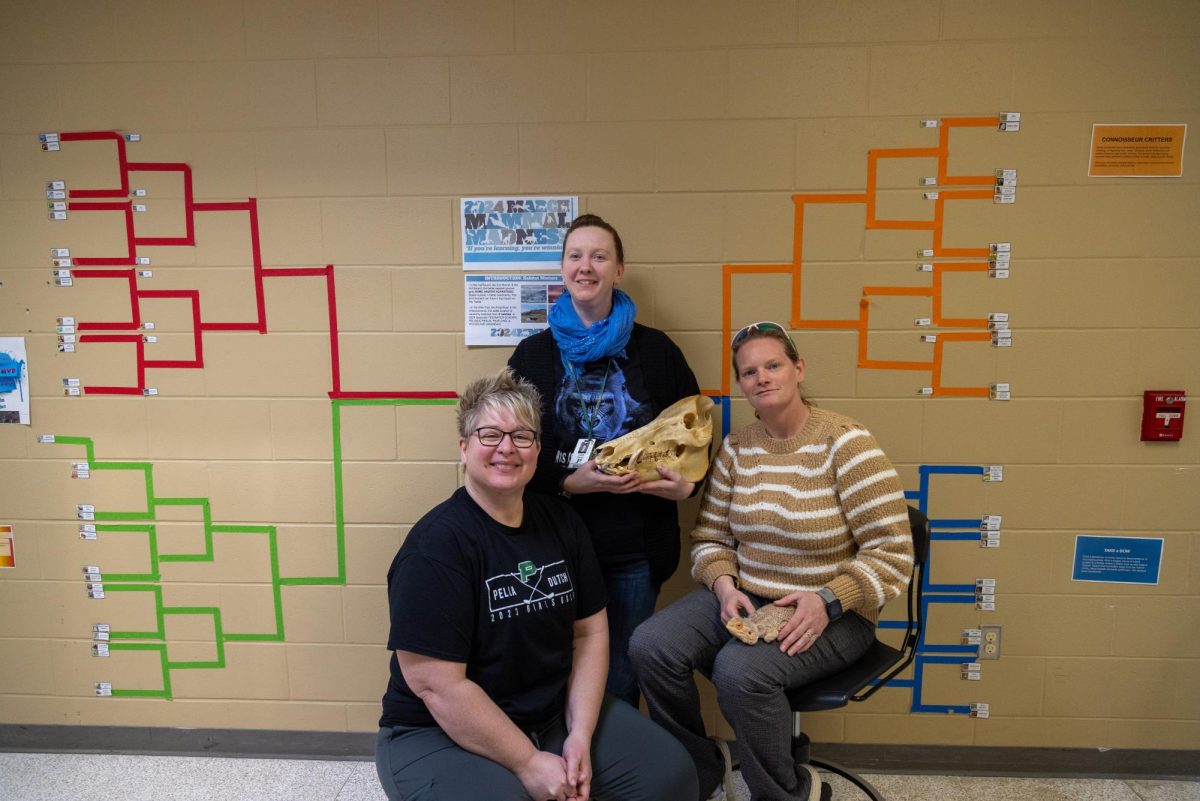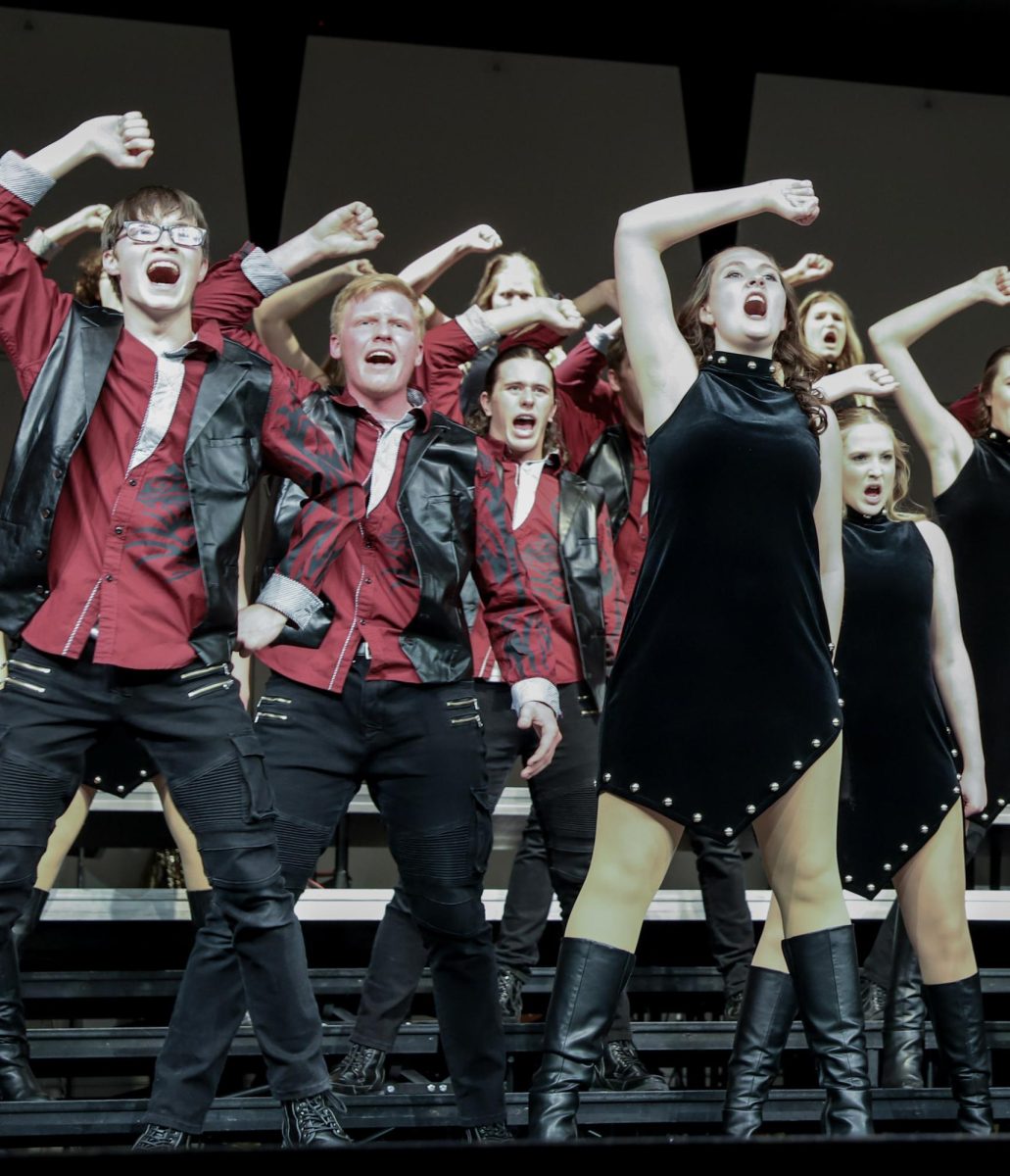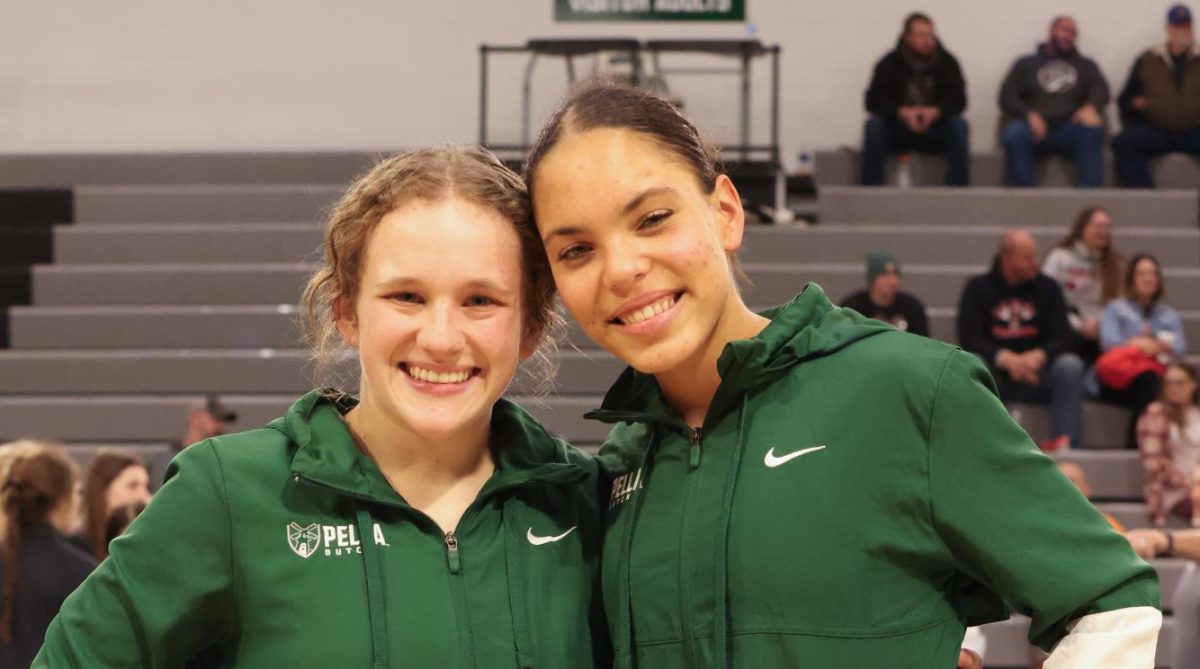Every March, the top 64 college basketball teams compete in March Madness, a single elimination tournament, to decide the national champion. One of the most watched tournaments in America, March Madness had around 10 million viewers during last year’s tournament. Because this tournament format is so popular, it has created some other tournaments, such as March Mammal Madness. This tournament also takes place in March, but instead of being a basketball tournament, it is a tournament to determine the best animal in a series of battles that take place in a number of different environments.
While this tournament has been around since 2013, Pella High has only implemented it into science class for the last 2 years. Susan Lyons, one of the science teachers at the high school, began doing March Mammal Madness with her classes while she was still teaching at the middle school.
“I was on Facebook in a biology group, and someone had posted that they were doing it with their students,” said Lyons. “I researched it and actually tried it with my 10th period as a trial run.”
Lyons then decided to bring this tournament with her to the high school last year when she began teaching here, and she found that it fit really well with the standards at the high school, especially for students in biology.
“We learn about the tie between genetics with traits and adaptations, and how animals survive in their habitats in a completely fun and sometimes absurd way,” Lyons said.
Audra Turner, another one of the science teachers at the high school, found that the tournament helps students to converse in a way that sharpens their scientific reasoning.
“Yes, you learn some content, so that is always a bonus there, but honestly listening to your conversations, you are actually engaging in argument driven, evidence-based conversations about science using reasoning, and students aren’t dreading it,” Turner said.
Lyons said that while sometimes the tournament is completely random, a lot of research by grad students at Arizona State University is done to make the battles more life-like.
With this randomness, the bracket for the tournament contains a variety of animals, not only consisting of mammals, as the name suggests.
“My favorite part about MMM is how student curiosity just shoots through the roof and I get to see all the “ah-ha” moments from students learning about the biodiversity of our planet. Last year many students didn’t know what a stoat was or that it was even a real thing… this year we have the sparklemuffin peacock spider,” said Turner. “Students think science is boring, but this brings a whole new perspective to students.”
With these arguments between students can come some competitiveness and sometimes banter, which Lyons loves.
“When kids have a chance to compete, they take it a little bit more seriously for the most part,” said Lyons. “There’s just something to learn in so many capacities on this whole project, and it lasts a long time, and so many people are doing it.”
Whether experienced or not, this year’s tournament at the high school was open to students and staff, which also brings more competition between staff members and seniors who took biology last year. Bethany Tangen, science teacher at the high school, said that she prepared well for this year’s tournament.
“I developed the reasoning for each interaction about why that certain living thing would move on or why it wouldn’t,” said Tangen.
All of the science teachers at the high school hope that this year’s tournament will not only benefit the students’ learning, but also encourage more people to participate in learning about animals and using this competition to enjoy the process.







